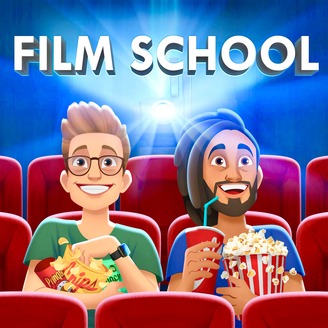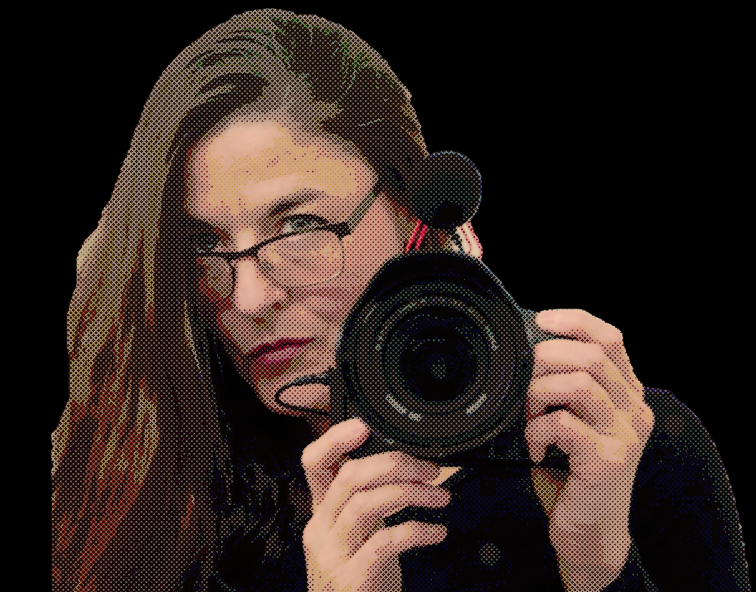
A YouTuber with a channel called D4Darious got me seriously thinking that maybe, just maybe, I could actually do this filmmaking thing. He has a video called How to Learn Filmmaking FAST! – Without Film School that got me started on filmmaking. I took notes that I could follow like a checklist: one step per day, for 30 days, is the equivalent of what you’ll learn in film school.
Of course it’s important to remember that even though there are some well-known directors who never went to film school such as Christopher Nolan, Peter Jackson, and Quentin Tarantino, just like writing a book it’s nearly impossible to break into the biz without some kind pre-existing connection to the industry. For most people, film school provides that connection. So while you can learn to make a decent film on your own, it’s still not necessarily a substitute for film school.
This video has a great breakdown of whether or not it’s worth it for you personally to go to film school; the calculus is different for every person. Anyone who tells you with certainty that it’s not worth it isn’t being totally honest. In my situation, since I’ve spent the last 20 years in the military and have no professional film experience or connections to the industry, it’s worth it for me to go despite the fact it’s possible for me to learn all the necessary skills on my own.
In any case, if only for the purpose of getting a feel for what you’ll learn in film school, here are the 30 steps that can be accomplished in 30 days (theoretically) to get the film school experience in only a month, according to D4Darious:
- Search “Composition and Framing” on YouTube, watch 3 videos twice, and use camera to take 100 pics practicing what you learned
- Take 50 more pics around a park or somewhere interesting and practice framing and composition, rule of thirds, etc.
- Search “3-Point Lighting” on YouTube, watch 3 videos twice, use lights around your house to replicate what you saw, take 50 pics lighting a subject (either a person or an anamorphic object)
- Take 50 more pics practicing framing and composition, and 3-point lighting; take 20 of those pics with a subject close to a window, and practice using window lighting
- Search “Depth of Field” on YouTube, watch 3 videos twice, take pics using your kit lens (or lenses if you have more than one); experiment using different focal lengths and aperture settings, notice how they affect your depth of field
- Search “How to Get the Film Look” on YouTube, watch 3 videos twice, record a minimum 2-min clip of anything using the proper settings specified in the videos
- Do camera tests, record a few sample videos playing with only the shutter speed, then record a few tests playing with just the ISO (okay to do it all wrong for practice)
- Download an editing application; practice with the editor using your own videos
- Tell a story using light; find six interesting shots that have something to do with light, ex. Light in a dark room, light going through some kind of filter, etc., paying attention to camera settings and composition
- Edit the light exercise together in editor, render, and note any mistakes
- Vlog your day, paying attention to camera settings and compositions
- Edit the vlog day together, render, note any mistakes
- Search “Types of Shots and Camera Angles” on YouTube, watch 3 videos twice
- Shoot a scene with a couple friends using a very simple script, ex: (focus on getting camera setting and angles right)
- Friend 1: Hey.
- Friend 2: How long do we have?
- F1: All night.
- F2: Okay.
- Edit the scene, render, note any mistakes
- Shoot another one-scene movie using household lighting; can use the same script but pick another location
- Edit scene, render, review
- Shoot another one-scene movie using lighting next to a window; focus on framing, composition, and camera settings
- Edit scene, render, review
- Buy or borrow a sound recorder
- Use YouTube to learn how to use the sound recorder; practice using it
- Record 50 sounds using your recorder; experiment with the gain and modulation, import them into your editor, practice fading one into another
- Record 20 sounds that could be edited into a story (ex: getting ready in the morning); import them into your editor, edit them into a story
- Interview a friend about their day using the camera and recorder, positioning recorder no farther than 3 feet away
- Search “How to Synch Sound and Video” on YouTube, watch 3 videos twice, synch sound and video of interview with friend in editor, render, review
- Search “180-degree Rule” on YouTube, watch 3 videos twice, practice technique with toys
- Search “How to Write a Script” on YouTube, watch 3 videos twice
- Write a very simple 2-page scene in one location with only a couple actors
- Record the scene with two friends using all the techniques learned thus far; have friends improv lines if they don’t remember
- Edit mini-movie, render, review
General tips:
- Best way to learn is to make lots of practice micro-videos (very short 1-2 min videos of a single scene)
- Take time and learn how to be a master of your equipment, so setting up a scene or shot becomes second nature
- Practice every effect you want to use (like slo-mo) before using it in a more complex project
